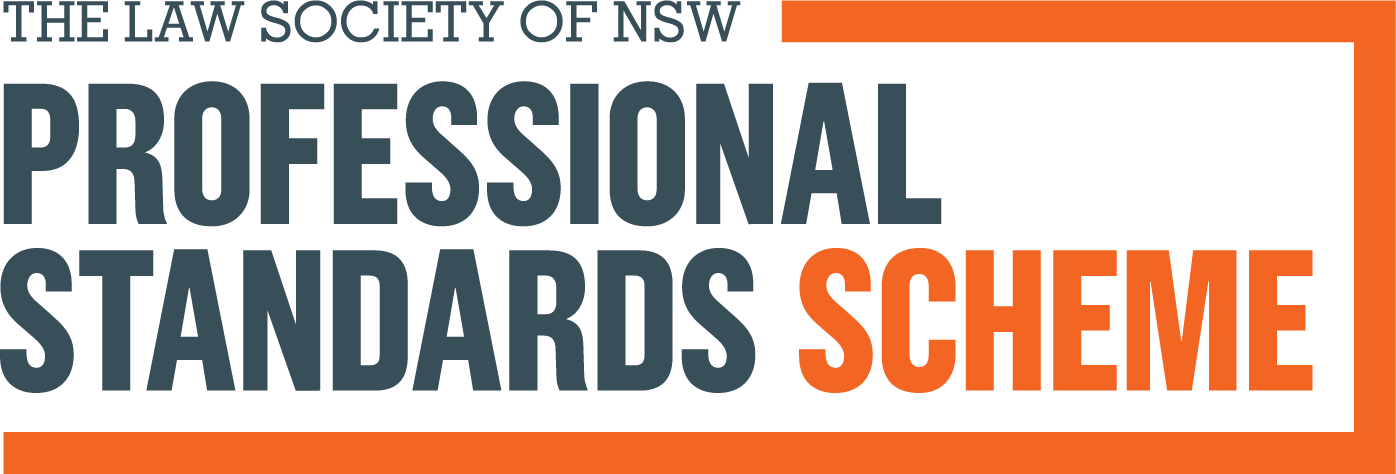
Battery can be described as the direct and voluntary act by a person causing physical contact with another.
Can an action done on a sport field have a legal consequences?
The answer is yes.
Steve Rogers was a well-known Rugby League player, who had played for Australia and led his club team to grand final appearances. The opposition coaches and team had identified the player as a danger and suggested that his impact on the game needed to be minimised. In the opening minutes Mark Bugden struck Rogers in the head with his forearm breaking his jaw. Rogers successfully brought a battery case against Bugden and Bugden’s employer, the Canterbury Bankstown Bulldogs Club.
Whilst the tort of battery will on the face of it include any physical contact whilst playing sport, a claim can only be made where there is a “lack of consent” to that physical contact.
In the sporting context, a person who agrees to play a particular sport acknowledges and agrees to certain forms of bodily contact, usually within the defined rules of the sport and will have therefore given consent.
Not only is a player considered to have consented to contact within the rules of the sport but also implied consent to receive certain contact which may be outside the rules of the sport but what a player might reasonably expect during a game. For example a high tackle in rugby league is outside the rules of the sport but is reasonably expected and may occur in a fast paced game.
There are however limits to this implied consent of physical contact that is “ordinarily and reasonably to be contemplated as incidental to the sport”.
Deliberate infliction of injury
A reasonable player in sport does not consent to a deliberately inflected injury, especially if this is outside the rules. There are a number of cases where players have sued opposition players where physical violence was applied in contravention of the rules of the game by an opposing player who intends to cause physical violence or knows, or ought to know that such harm is likely as a result of his actions. Such as striking a face of an opponent with an elbow. This player may well be found liable in law to pay compensation.
Other potential defences
Self-defence is a defence to the tort of battery and in the sporting context could be raised where one player was about to punch another and it could be justified in making some form of bodily contacting so as to avoid that punch.
Vicarious liability
Vicarious liability is where another party may be held responsible for the actions of a player in assaulting another player, this usually occurs in an employee/employer context. In professional competition it may be held that a players club as the employer is vicariously liable to pay for some or all of the compensation as they are engaging in an act which is in the course of their employment.
It may be possible that a sporting association may also be liable but this would depend on the particular circumstances and if the association condoned the conduct of the player.
However in amateur level of competition this is unlikely to apply and the only viable defendant is the person who committed the act of violence.
You would need to sue that individual personally to recover any compensation payable.












